Convair 440 Linjeflyg Model
Production Time 9 to 10 weeks
Shipment is by FedEx, UPS or DHL International Express Courier with a normal door-to-door delivery time worldwide of within 2-3 business days after dispatch. Due to the current volatility of world fuel prices, the amount mentioned here is our best estimate for DHL and UPS and may be subject to change at the time of shipping.

Product Statistics
Length: 13.2 Inches (33.5 Centimeters)Wingspan: 17.1 Inches (43.4 Centimeters)
Height: 4.6 Inches (11.7 Centimeters)
Scale: 1:74
$239.50
Manufacturer: Convair
Production Time 9 to 10 weeks
-
United States dollar ($)
-
Pound sterling (£)
-
Euro (€)
-
Australian dollar ($)
-
Canadian dollar ($)
-
Singapore dollar ($)
-
Swiss franc (CHF)
-
Japanese yen (¥)
-
Danish krone (kr.)
-
Hong Kong dollar ($)
-
Norwegian krone (kr)
-
Swedish krona (kr)
General Product Description
Our MyMahoganyModel Convair 440 Linjeflyg Model exhibits unique, unrivaled quality and detailed design to come as close as possible to the accuracy of the actual plane. It comes as standard with a robust, durable base or stand which is available in a variety of different finishes designed to match your own personal requirements including solid wood, wood with polished metal supports or adjustable wood wall mount and will be ready within about 9-10 weeks from placement of order.
The Convair 440 Linjeflyg Model is made of the finest kiln dried renewable mahogany wood (commonly known as Lauan or Meranti) which has undergone many stages of carving and meticulous and careful sanding giving the beautiful finished museum quality masterpiece. Many collectors and model connoisseurs demonstrate their preference for genuine handmade and hand painted mahogany wood models rather than plastic or die cast (diecast) alternatives due to the overall look and totally different feel of the item - we trust you will find the same. We can, however, if required produce the same model in Solid Cast Resin so just click and contact us us for further information. Our craftsmen and gifted artisans ensure that our finely handcrafted model airplanes match the precise blueprint details of the original aircraft. The paint scheme, markings and parts are closely matched, reflecting the original aircraft. This stylish top-quality desktop replica model will surely enthrall anyone who receives this as a gift and for sure one of the most appropriate and desirably collectable gifts for any aviation enthusiast and avid aircraft collector whilst also displaying a perfect resemblance to the actual aircraft.
If you require we can also make the Convair 440 Linjeflyg Model in any other airline, private livery or colour scheme you require and if necessary in a different size or scale. Just click here to contact us with a description or photographs of what you require, and we will let you have a quotation for the necessary customization by return email. We can also make bespoke scale replicas of any other private / civil commercial airliner or airliners, helicopter, glider, gliders with engines, military jet, warplane jets, propeller warplanes, biplane, triplane, tail fin, spacecraft, rocket or NASA model you require in any airline, military or civilian livery or colors. We also produce model airships, blimp, dirigible, blimps, boat and ship collectibles. Wall plaque or seal for military, government or private customers. Again, by clicking here to contact us just let us know exactly what you need.
The +Convair 240+., +340+. and +440+. was one of the closest designs to come near to being a Douglas DC-3 replacement as despite a glut of cheap DC-3s in the postwar years this family of airliners achieved considerable sales success.
Design of the original +110+. was initiated in response to an American Airlines request for a DC-3 replacement. American found the 110 (which first flew on July 8 1946) to be too small and asked that the 110 be scaled up in size, and this resulted in the 240 ConvairLiner. The 240 was arguably the most advanced short haul airliner of its day, and first flew on March 16 1947 and entered service on June 1 1948.
The success of the 240 led to the 1.37m (4ft 6in) stretched 340, which first flew on October 5 1951, and the improved +440 Metropolitan+. which incorporated extra cabin sound-proofing, new rectangular exhaust outlets, tighter engine cowlings, and some other aerodynamic improvements and first flew on October 6 1955. Most of the 440s were also delivered with weather radar in an elongated nose, which had been an option on the 340.
The 240, 340 and 440 sold in large numbers, mainly to airlines in North America, and formed the backbone of many airlines short to medium haul fleets. Today the small number of piston Convairs that remain in service are mainly used as freighters.
Many of the +Convairs+. were also built for the US Air Force as the +C-131+. and +T-29+. in many versions, and for the US Navy as the R4Y which were redesignated too as C-131 in 1962.
However, the original piston Convairs have been the subject of a number of turboprop modification programs, the lines inherent strength and reliability making it a popular choice for conversions.
As early as 1950 the potential of turboprop powered 240s was recognised, leading to the first flight and development of the 240-21 Turboliner, while an Allison 501D powered YC-131C military conversion first flew on June 19 1954. One other early conversion occurred in 1954 when D Napier and Sons in Britain converted 340s with that companys 2280kW (3060hp) Eland N.El.1 turboprops as the 540. Six such aircraft were converted for Allegheny Airlines in the USA, although these aircraft were later converted back to piston power. Canadair meanwhile built 10 new aircraft with Eland engines as the CL-66 for the Royal Canadian Air Force, where they were designated CC-109 Cosmopolitan.
The most popular Convair conversions were those done by PacAero in California for Allison, and this involved converting 340s and 440s to 580s with Allison 501D turboprops, plus modified tail control surfaces and a larger tail area. The first such conversion flew on January 19 1960, although it was not until June 1964 that a converted aircraft entered service.
Convairs own conversion program involved Rolls Royce Darts, and the first of these flew on May 2 1965. Thus converted 240s became 600s, while 340s and 440s became 640s.
Super 580 Aircraft Company, a division of Flight Trails Inc., replaced the Allison 501-D13D engines by -D22Gs and incorporated some further improvements on two or three 580s which were redesignated Super 580.
Kelowna Flightcraft in Canada however has offered the most ambitious Convair conversion program, the 5800, having stretched the 580 by 4.34m (14ft 3in) and reverting to the 440s original tail unit. Production conversions have a new freight door and digital avionics with EFIS.
Most of the remaining Convairs are now used as cargo transports.
Copyright Airliners.net, some information Copyright Aerospace Publications
| Weight | 6 kg |
|---|---|
| Dimensions | 13.2 × 17.1 × 4.6 in |

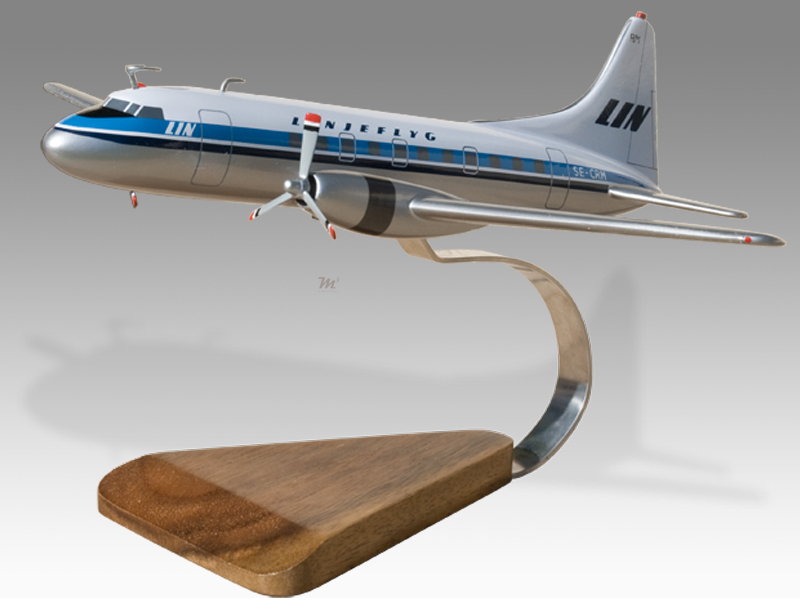
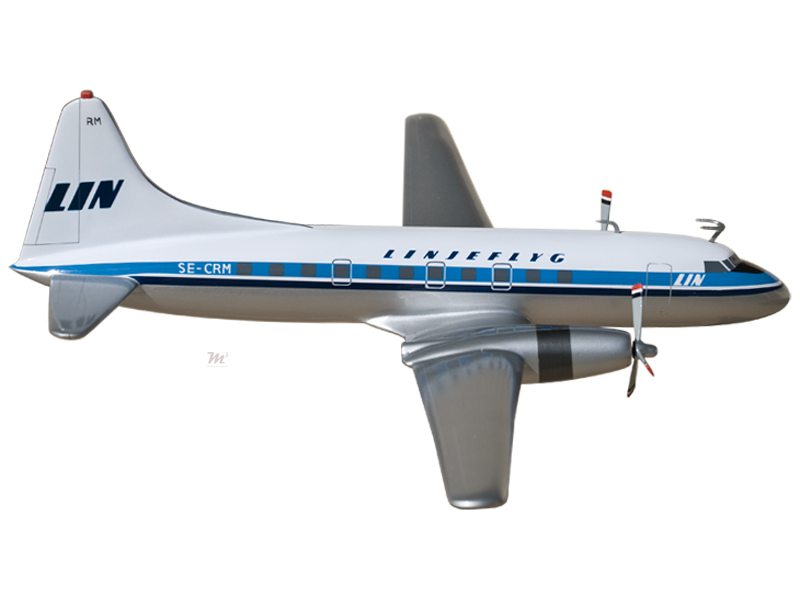
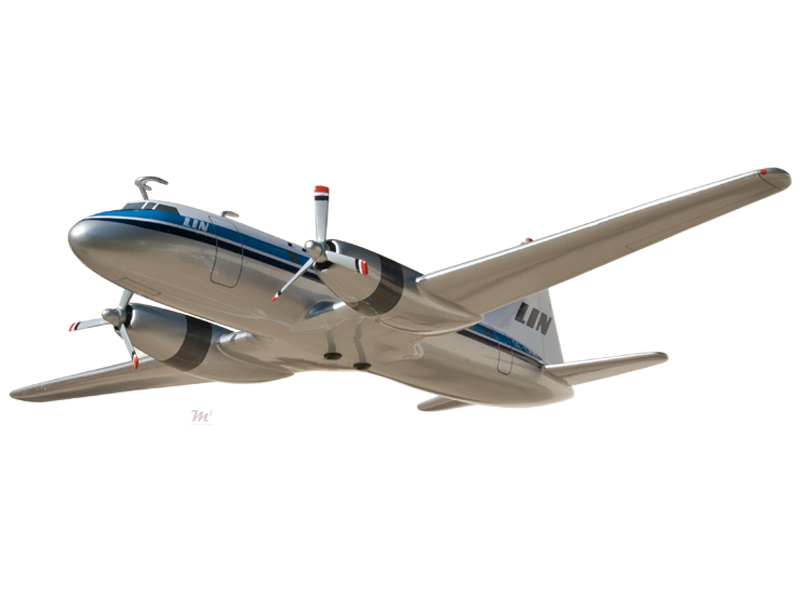
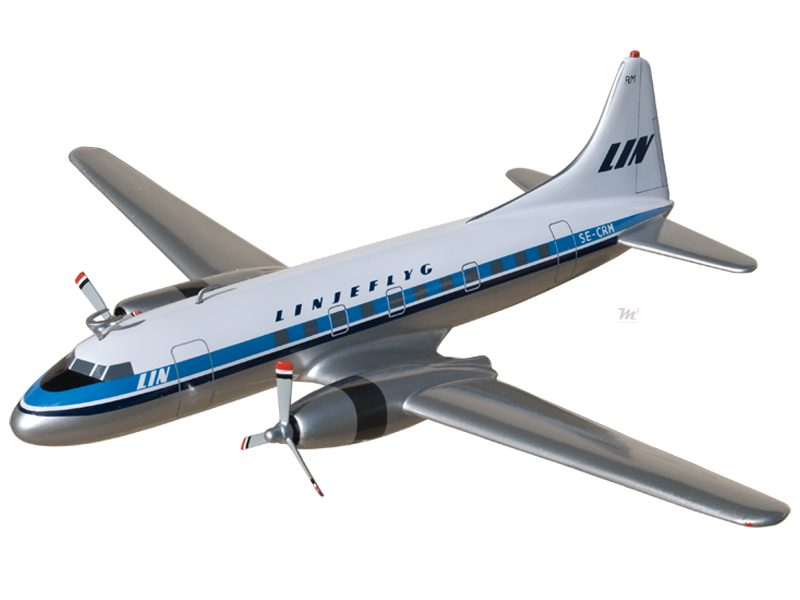
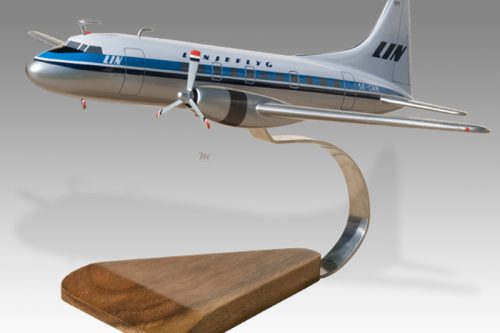
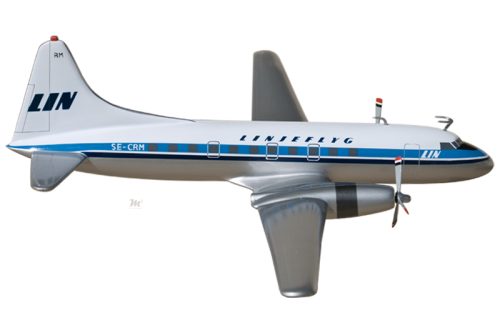




Reviews
There are no reviews yet.